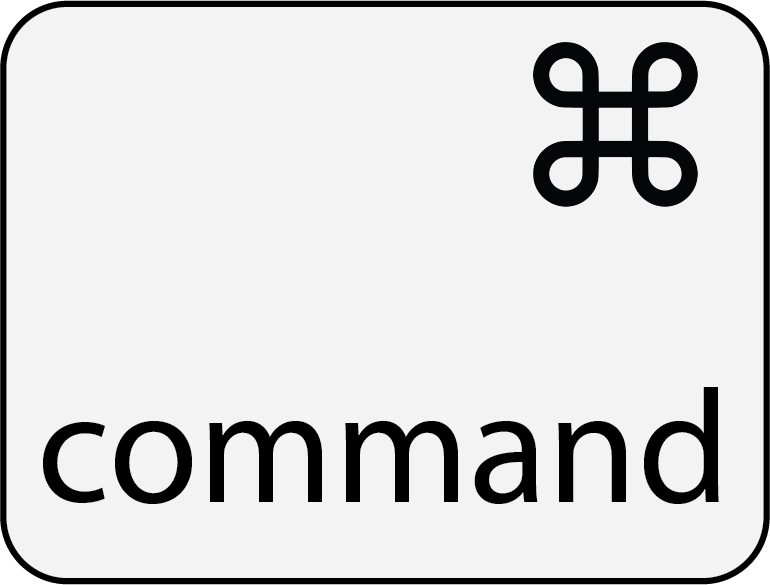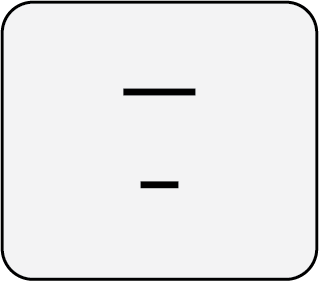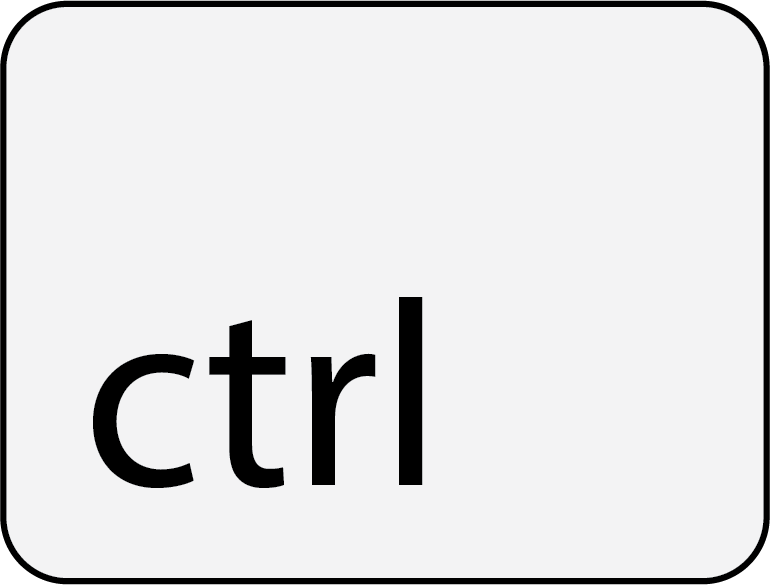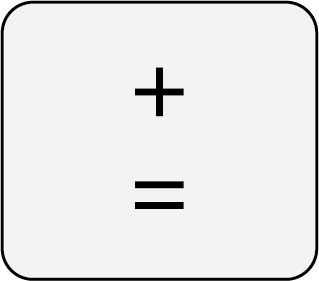

This is a simulation of phase equilibrium for one mole of a binary system (A, B) that forms two partially-miscible liquids (α, β). The T-x-y diagram shows vapor-liquid equilibrium (VLE), liquid-liquid equilibrium (LLE), and vapor-liquid-liquid equilibrium (VLLE). The number of moles of each phase, which are shown in the bar graph (along with the mole fractions of component B in the phases), are determined from mole balances. In multiple-phase regions, vertical lines show the mole fraction of B in each phase; the lengths of the colored horizontal lines are proportional to the amount of the phase of the same color.
The overall mole fraction of component B and the heat added are specified using the sliders. The cyan dot is located at the overall mole fraction on the phase diagram, and the black dots represent the compositions of the α, β, and vapor phases. Adding heat changes the temperature, except at 77°C, where all three phases are in equilibrium. At 77°C, one phase completely evaporates (or condenses) before the temperature increases (or decreases).
The moles of each phase in two-phase regions are calculated using the lever rule (mole balance). For example, when the α and β liquids are in equilibrium:
Moles of α liquid: \( L^{ \alpha } = \Large{ \frac{ z_{B} - x^{ \beta }_{ B } }{ x^{ \alpha }_{ B } - x^{ \beta }_{ B } } } \)
Moles of β liquid: \( L^{ \beta } = 1 - L^{ \alpha } \)
where \( z_{B} \) is the overall mole fraction of the mixture, and \( x^{ \alpha }_{ B } \) and \( x^{ \beta }_{ B } \) are the mole fractions of B in the α and β phases, respectively.
When three phases are present (VLLE), the moles of each phase are found using mole balances (the lever rule cannot be used). For example, for V = 0.10 mol and \( z_{ B } \) = 0.70:
This simulation was created in the Department of Chemical and Biological Engineering, at University of Colorado Boulder for LearnChemE.com by Neil Hendren under the direction of Professor John L. Falconer. It is a JavaScript/HTML5 implementation of a Wolfram Demonstration by Neil Hendren and Megan Maguire1. Address any questions or comments to learncheme@gmail.com. All of our simulations are open source, and are available on our LearnChemE Github repository.
If this simulation is too big for your screen, zoom out using  +
+  on Mac or
on Mac or  +
+  on Windows. To zoom in, use
on Windows. To zoom in, use  +
+  on Mac or
on Mac or  +
+  on Windows.
on Windows.
References: